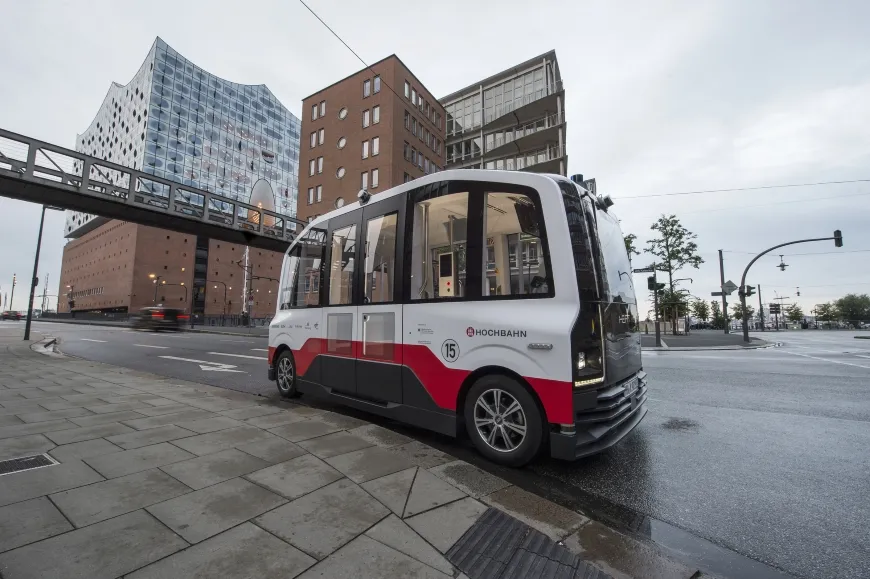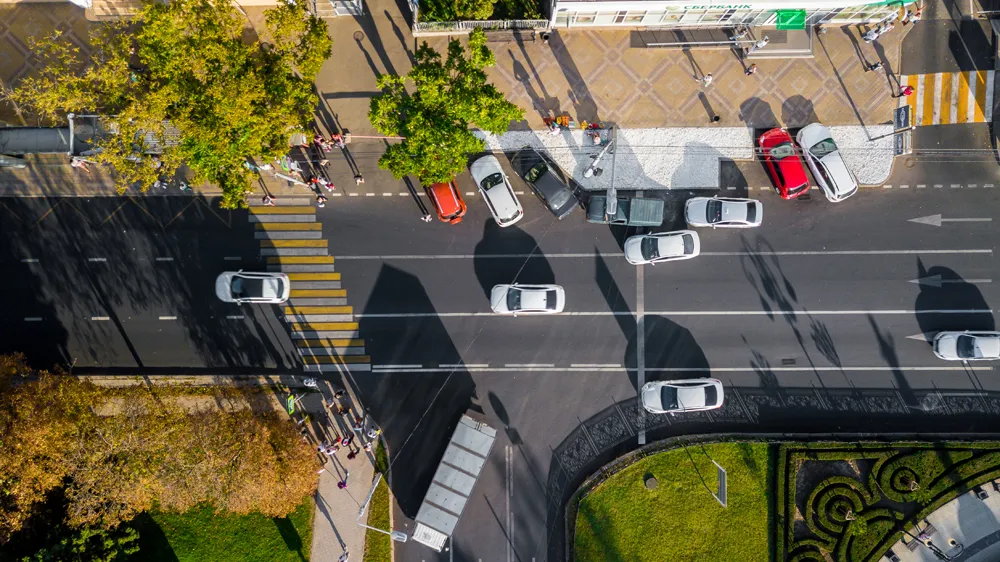Passenger drones could be seen in the skies above Dubai as early as July 2017, according to the city’s Road and Transport Authority (RTA).
Speaking at the World Government Summit, Mattar Al Tayer, chairman of RTA, said the pilotless drones, designed to carry a weight of 100kg and a small suitcase, will have a range of 50 km and are on track to take off beginning in July 2017.
The drones are part of Dubai’s strategy on autonomous transportation, under which 25 per cent of all journeys within the Emirat
February 15, 2017
Read time: 2 mins
Passenger drones could be seen in the skies above Dubai as early as July 2017, according to the city’s Road and Transport Authority (RTA).
Speaking at the World Government Summit, Mattar Al Tayer, chairman of RTA, said the pilotless drones, designed to carry a weight of 100kg and a small suitcase, will have a range of 50 km and are on track to take off beginning in July 2017.
The drones are part of Dubai’s strategy on autonomous transportation, under which 25 per cent of all journeys within the Emirate are expected to be smart and driverless by 2030.
According to Associated Press, the Chinese-made EHang 184 has a top speed of 160 kph (100 mph), but authorities say it will be operated typically at 100 kph (62 mph). It carries only one passenger, who selects a destination on a touch-screen pad in front of the seat and the drone flies there automatically.
“This is not only a model,” al-Tayer said. “We have actually experimented with this vehicle flying in Dubai's skies.”
Speaking at the World Government Summit, Mattar Al Tayer, chairman of RTA, said the pilotless drones, designed to carry a weight of 100kg and a small suitcase, will have a range of 50 km and are on track to take off beginning in July 2017.
The drones are part of Dubai’s strategy on autonomous transportation, under which 25 per cent of all journeys within the Emirate are expected to be smart and driverless by 2030.
According to Associated Press, the Chinese-made EHang 184 has a top speed of 160 kph (100 mph), but authorities say it will be operated typically at 100 kph (62 mph). It carries only one passenger, who selects a destination on a touch-screen pad in front of the seat and the drone flies there automatically.
“This is not only a model,” al-Tayer said. “We have actually experimented with this vehicle flying in Dubai's skies.”










